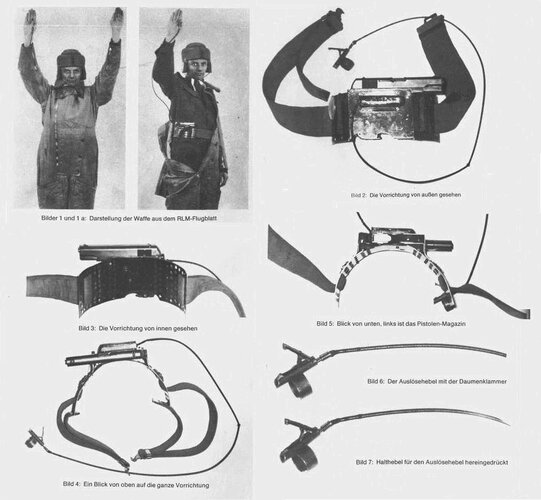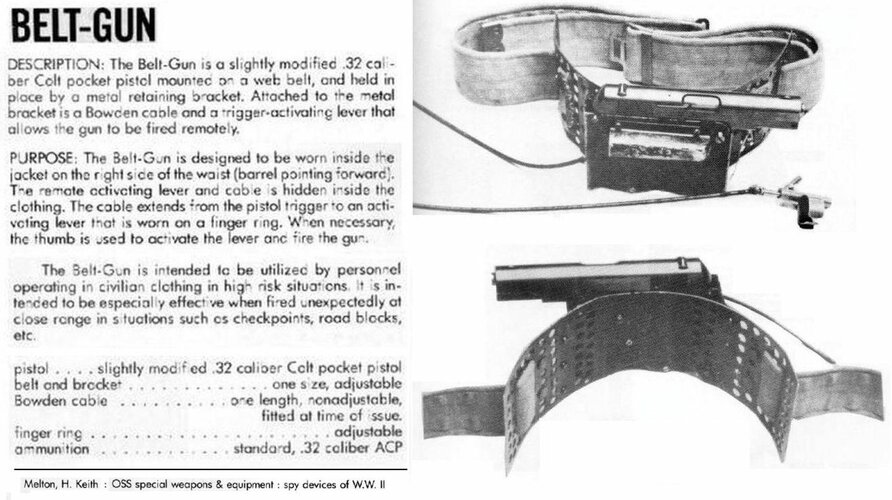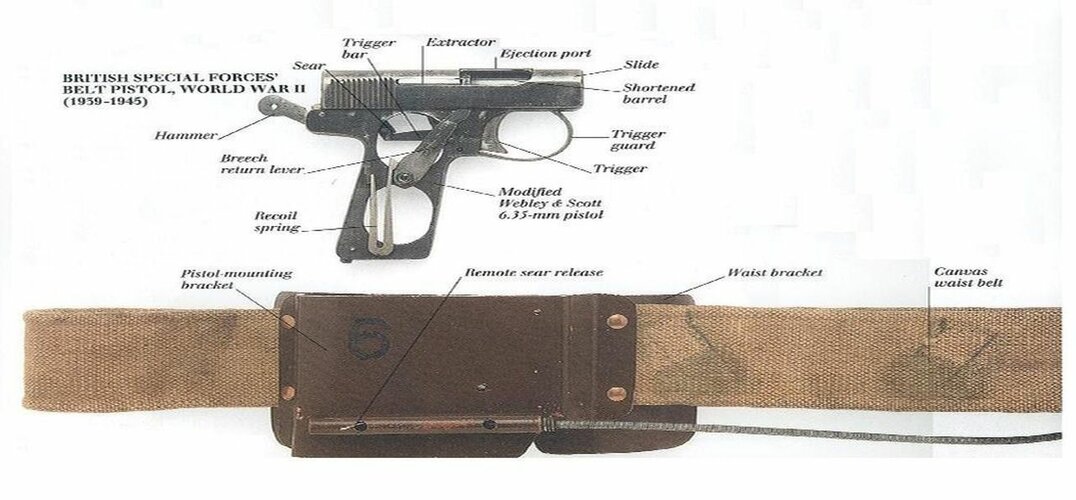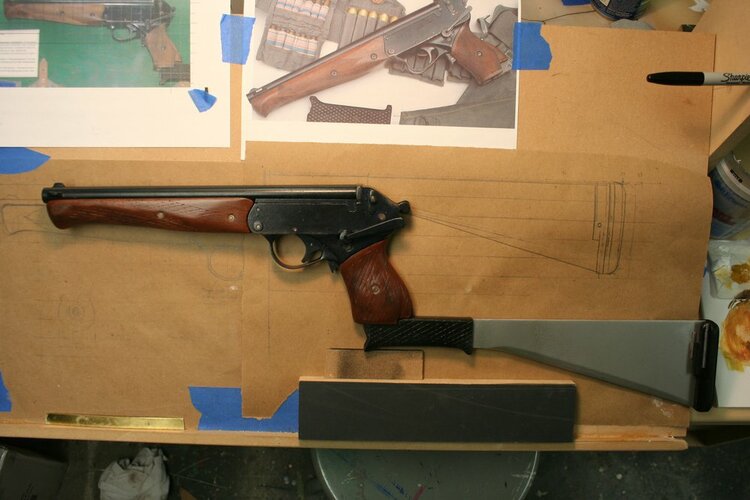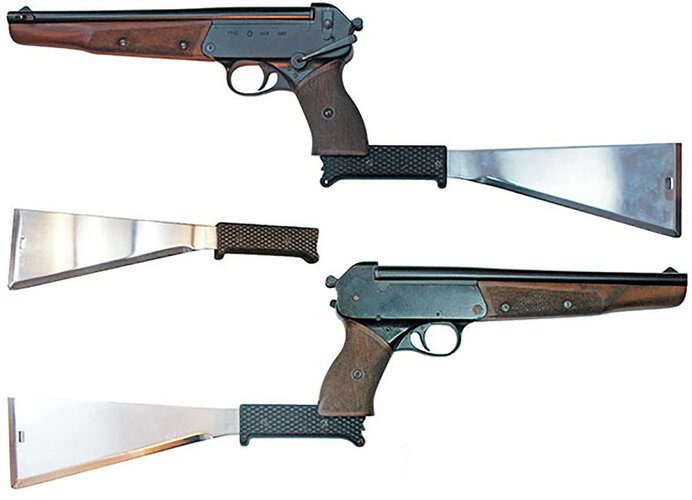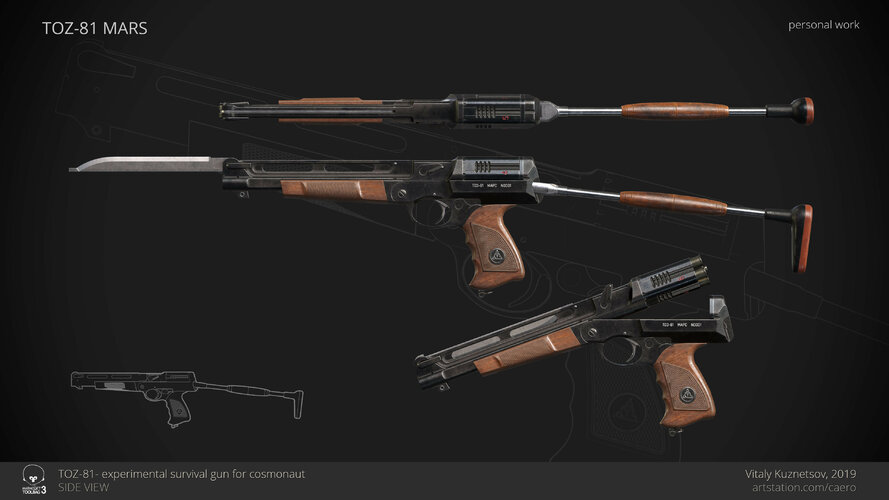Thanks for that link Cluttonfred,
I know that take-down AR-15 rifles are popular with American wannabee warriors, but I question their usefulness in the hands of a battered, bruised, cold, wet, disorientated pilot who narrowly survived being shot down. Re-assembling a rifle is a complex process that must be practiced on a regular basis.
In a perfect world, the barrel and receiver would be hinged together for a quick, night-time, unfold and twist together process.
At a minimum, I would recommend some sort of loose link that would keep the barrel and receiver in loose formation to A: prevent them from getting lost and B: to simplify the process of alignment and assembly.



